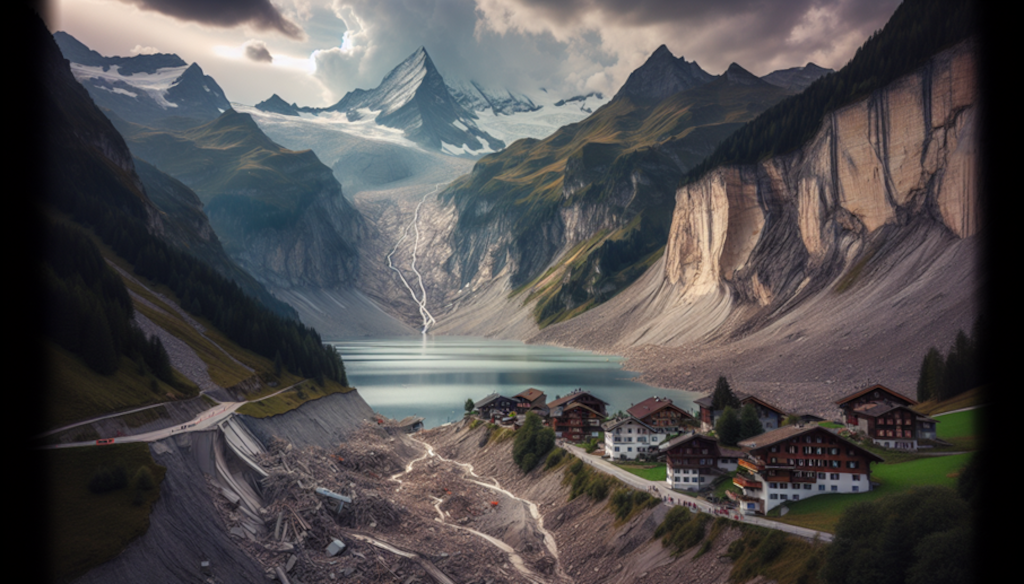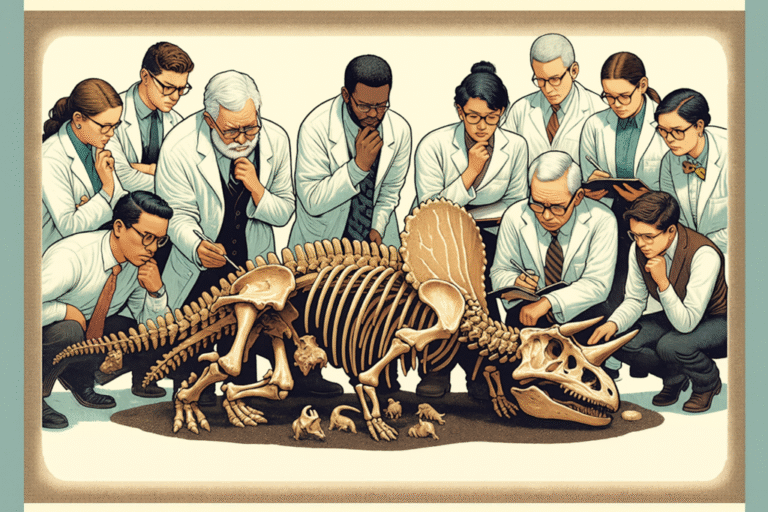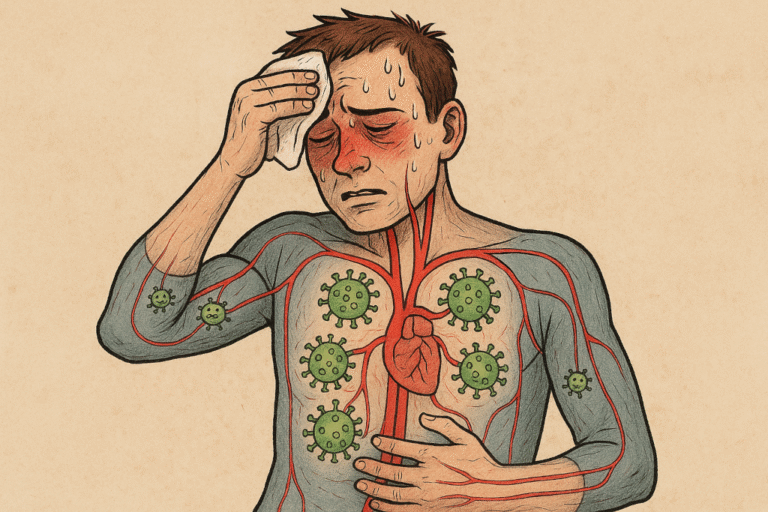At first, it seemed like a freak natural disaster—a chunk of glacier broke loose, sending a thundering cascade of ice and rock crashing down the mountainside, burying parts of the picturesque Swiss village of Blatten. But what’s become increasingly clear in the days since isn’t just what happened… It’s what might still be coming.
What lies beneath the debris: why experts are still on edge
Once the dust settles—literally—it’s easy to assume the worst has passed. But in Blatten’s case, that couldn’t be further from the truth.
According to geologists monitoring the area, the mountain is still on the move. Huge slabs of rock on either side of the original collapse site are shifting ominously. They’re being held together—almost eerily—by ancient ice, remnants of permafrost now melting at an accelerating pace. And when that ice finally gives way?
We could be looking at a second, far more devastating wave.
Three layers of threat: what makes this situation so dangerous?
- Fragile slopes ready to crumble: The first landslide exposed more than it buried. Warming temperatures have destabilized permafrost, undermining the structural “glue” that holds rock formations in place. More collapses aren’t a matter of “if”—geologists say it’s simply a matter of when.
- A ticking water bomb: The landslide debris blocked the Lonza River, creating an artificial lake. Water levels are rising behind this dam of unstable rubble. If pressure becomes too great, it could explode in a flash flood—and that could devastate the valley below with terrifying speed.
- Escalating chain reactions: These aren’t isolated threats. A second landslide could dislodge more material, further dam the river, or even trigger a sudden lake outburst. Each hazard feeds into the next in a dangerous feedback loop.
We’ve seen this before—and it didn’t end well
In 2017, a massive landslide in Piz Cengalo, Switzerland, swept down into the village of Bondo. Like in Blatten, warming permafrost and melting glacial ice played a central role. Thirty seconds was all it took for 4 million cubic meters of rock to come crashing down. Residents had only minutes to evacuate—and eight lives were lost.
What makes the Blatten situation eerily similar is the domino effect of danger: rockfall leads to river damming, which leads to flooding, which leads to further instability. It’s not just geological theory; it’s a pattern we’ve tragically seen before.
So, what’s being done—and is it enough?
Authorities are working around the clock. Evacuations were ordered for downstream communities. Drones and satellite images are being used to track slope movement in real time. If the artificial lake nears capacity, controlled drainage may be attempted—but it’s a race against time, and nature isn’t known for waiting patiently.
One geologist involved in the monitoring explained it simply: “We’re not dealing with a static mountain. This is a living, moving hazard.”
Should you be worried? Only if we ignore the warning signs
This isn’t about stoking panic—it’s about staying alert. Mountains like the one above Blatten are unstable ecosystems, especially in a warming world. These events aren’t one-offs anymore. They’re warning shots.
Whether you live in the Alps or read about them from afar, here’s the uncomfortable truth: events like these are becoming more likely, more frequent, and more lethal—unless we drastically rethink how we understand, monitor, and prepare for living near these high-altitude powder kegs.
The road ahead: what we can learn from the cracks in the cliff
Blatten may be a small village, but its story is a loud siren. We can either treat the collapse as an isolated event, or as part of a bigger picture: a warming world where mountains melt, rivers rise, and what sits still today might be gone tomorrow.




Leave a Comment